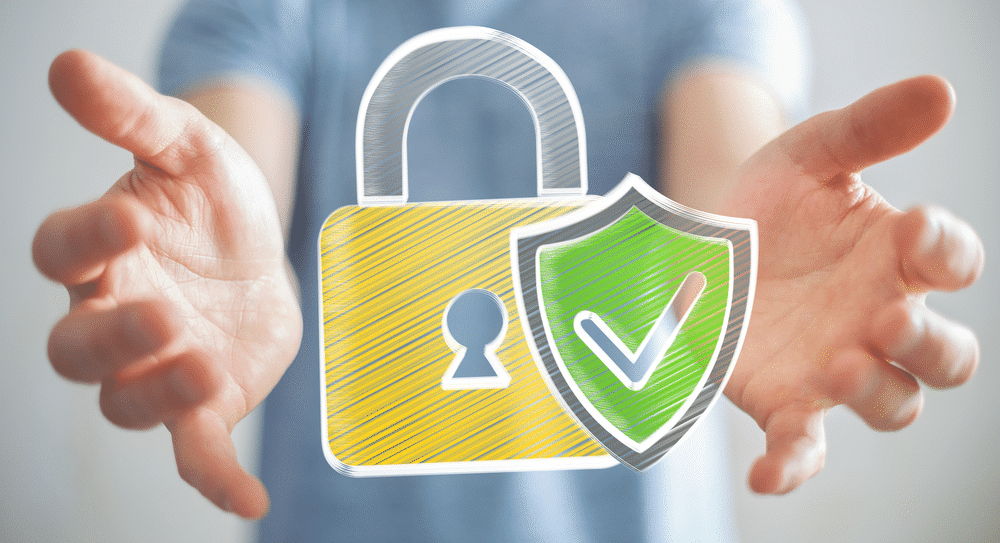Understanding Identity Theft
Identity theft is one of the alarming concerns of this new era, a digital age where just within one click, we can spread and receive personal information from across borders. It is a process where the personal data of someone is used without their permission to get financial benefit. Consequently, it causes ruinous, devastating financial loss, destroys credit, and causes unbearable emotional distress. The article identifies the best practices in protecting oneself from identity theft based on many authoritative sources.
Introduction to Identity Theft Protection
With our increasing personal information stored and shared online today, it has never been more important to protect yourself against identity theft. Identity theft is when someone unlawfully obtains and uses another person’s data—generally for financial gain. Consequences range from purely financial to long-term credit damage. At a time when this threat seems omnipresent, knowing how to protect your identity is very important.
Recognizing Common Types of Identity Theft
Identity theft has many faces, and all require a slightly different action toward protection. The most common types include:
Financial Identity Theft
This is the most common, whereby thieves make purchases or obtain credit using another person’s personal information, like Social Security numbers or credit card details.
Medical Identity Theft
This is the form of theft when one uses another person’s identity to access medical attention, prescription drugs, and health benefits. This can amount to developing a false set of medical records, which are dangerous to the victim.
Criminal Identity Theft
The criminal uses a person’s identity while booked in. This might result in false criminal records and legal tangles for the individual whose identity was stolen.
Synthetic Identity Theft
A combination of natural and fake information creates a new identity. For instance, one can obtain a genuine Social Security number and combine it with an alias name and another birthdate to come up with these fraudulent accounts.
Identity Theft Prevention Tips
1. Guard Personal Information
Keep personal details, such as Social Security numbers, bank account information, and passwords, in secure places. Refrain from giving out personal information over the phone or online unless you have an established authenticity expectation with the requesting party.
2. Solid and Unique Passwords
Make a unique and strong password for various accounts. The best way to create such types of passwords is to intermingle letters, numbers, and characters. You can trust the password manager to keep your credentials.
3. Carefully Monitor Financial Statements.
Regularly check bank and credit card statements for unusual transactions. Early detection of unauthorized activities will help reduce the level of possible damage.
4. Two-Factor Authentication
2FA is an added security precaution that requires two forms of identification to log into your accounts. This could be something you know (password) and something you have (a code sent to your phone).
5. Shred All Sensitive Documents
Shred all documents containing personal information before throwing them away. This thwarts dumpster divers from getting your information from trashed paperwork.
6. Be Careful with Phishing Scams
Phishing scams often use emails or websites that seem to be coming from someone you know but instead, draw personal information from people. In such a case, always check where any request for sensitive data comes from, and don’t click on links that seem even a bit suspicious.
7. Check Your Credit Report Periodically
Reviewing your credit report can reveal any strange accounts or activity. You can obtain free annual credit reports from all three major credit reporting bureaus at AnnualCreditReport.com
Additional Security Steps
Credit Freeze
A credit freeze restricts access to your credit report so that in case of accessing it by an identity thief, he/she cannot easily open new accounts. You can freeze and unfreeze your credit free of charge with the major credit bureaus.
Sign Up for Identity Theft Protection Services
Consider subscribing to any of the available identity theft protection services, which include monitoring and recovery assistance. All these services shall monitor and, in case your identification has been tampered with, will ensure its restoration.
Secure Your Devices
Be sure to properly equip your devices with up-to-date virus scanning software and firewalls. Always keep operating systems and applications patched to prevent vulnerabilities from occurring.
Safe Browsing Habits
Be careful about the kind of sites you visit and the information you share on the web. Share personal information only on secure sites—https:// and avoid public Wi-Fi for sensitive transactions.
Conclusion
Identity protection in a digital world is a 24-hour job. Knowledge of the types of identity theft and the best practices can do a lot to help reduce your potential as a victim. Stay informed, stay cautious, and avail of tools and services to protect personal information.
Call to Action: Protect Yourself Today
If you feel you’re a victim of identity theft, call and notify your financial institutions immediately and let them know. You may wish to place an alert on, or freeze all of your financial accounts.
Identity protection is an ongoing process. For further details and more tips on scams, visit the Social Security Administration website. Help yourself with security from identity theft by following the practices outlined in this article.

